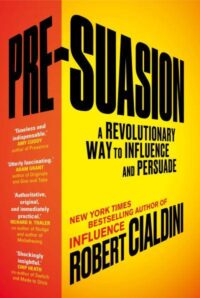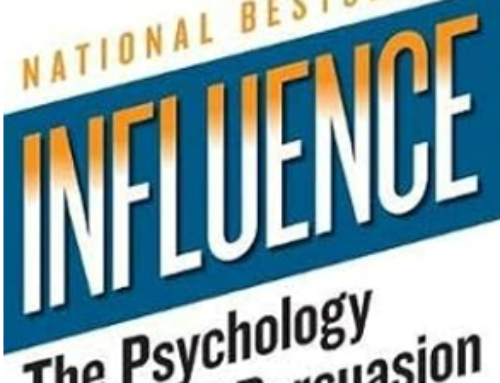Reading Notes for:


Persuasive Geographies: All the Right Places, All the Right Traces
When I began writing my first book for a general audience,
My campus office was located on an upper floor, it was possible to arrange my desk so that as I wrote, I could look out the window at an array of imposing buildings housing various academic institutes, centers, and departments. On either border of this outside window to the academic world, I’d lined shelves with materials that provided an inside window to that world: my professional books, journals, articles, and files.
In town, I’d leased an apartment and would try to write at a desk there,
I’d see the flow of passersby—mostly pedestrians on their way to work or to shop
The work I’d done at home was miles better than what I’d done at the university, because it was decidedly more appropriate for the general audience I’d envisioned. Indeed, in style and structure, the output from my campus desk was poorly suited to anyone but professional colleagues.
Job of developing employee incentive programs,
Glass-walled conference room;
Months later, she called in an upbeat mood to tell me about the “great success”
Before traveling to any working meeting, the team now downloads photos of program-eligible employees from the client’s website and internal publications. They then enlarge the pictures, put them on big poster boards, and lean them against the walls in whichever conference room they work.
They believe they’ve found that action shots of employees at work produce better results for the program design team than simple headshots.
Most impressively, they haven’t allowed themselves to be disadvantaged by an existing reality that relegates them to task environments with suboptimal cues and associations. Instead, they’ve changed that reality by infusing their task environments with more helpful varieties that automatically activate a preferred way of responding.
WHAT’S ALREADY IN US
It’s easy for some feature of the outside world to redirect our attention to an inner feature—to a particular attitude, belief, trait, memory, or sensation. As I’ve reported, there are certain consequential effects of such a shift in focus: within that moment, we are more likely to grant the focal factor importance, assign it causal status, and undertake action associated with it.
Have you ever attended an arts performance disturbed by another audience member’s loud coughs?
It can become contagious.
In one case, two hundred attendees at a newspaper editorial writers’ dinner were overcome by coughing fits after the problem began in one corner of the room and spread so pervasively that officials had to evacuate everyone,
No physical cause for the coughing spasms could be found.
- In Germany, audience members listening to a lecture on dermatological conditions typically associated with itchy skin immediately felt skin irritations of their own and began scratching themselves at an increased rate.
“Medical student syndrome.” Research shows that 70 percent to 80 percent of all medical students are afflicted by this disorder, in which they experience the symptoms of whatever disease they happen to be learning about at the time
Lying in low-level wait within each of us are units of experience that can be given sudden standing and force if we just divert our attention to them.
But those units of experience waiting within us also include advantageous attitudes, productive traits, and useful capacities that we can energize by merely channeling attention to them instead.
The Positivity Paradox
The undesirable outcomes of aging vary from person to person, but, on average, elderly individuals experience significant losses in both physical and mental functioning. Yet they don’t let the declines undermine their happiness. In fact—and here’s the paradox—old age produces the opposite result: the elderly feel happier than they did when younger, stronger, and healthier. The question of why this paradox exists has intrigued camps of lifespan researchers for decades.
A surprising answer: when it comes to dealing with all the negativity in their lives, seniors have decided that they just don’t have time for it, literally.
They take deliberate steps to achieve it—something they accomplish by mastering the geography of self-influence. The elderly go more frequently and fully to the locations inside and outside themselves populated by mood-lifting personal experiences. To a greater extent than younger individuals, seniors recall positive memories, entertain pleasant thoughts, seek out and retain favorable information, search for and gaze at happy faces, and focus on the upsides of their consumer products.
Seniors with the best “attention management” skills (those good at orienting to and staying fixed on positive material) show the greatest mood enhancement.
From that perspective, allocating much of their remaining time to unpleasant events didn’t make sense
By choosing to investigate a key question “What are the factors associated with happiness?” Instead, it’s a procedural one: “Which specific activities can we perform to increase our happiness?”
She specified a set of manageable activities that reliably increase personal happiness. Several of them—including the top three on her list—require nothing more than a pre-suasive refocusing of attention:
- Count your blessings and gratitude at the start of every day, and then give yourself concentrated time with them by writing them down.
- Cultivate optimism by choosing beforehand to look on the bright side of situations, events, and future possibilities.
- Negate the negative by deliberately limiting time spent dwelling on problems or on unhealthy comparisons with others.
There’s even an iPhone app called Live Happy that helps users engage in certain of these activities, and their greater happiness correlates with frequent use.
“You can make yourself happier just like you can make yourself lose weight,” Dr. Lyubomirsky assured me. “But like eating differently and going to the gym faithfully, you have to put in the effort every day.
Elderly have decided to prioritize emotional contentment as a main life goal and, therefore, to turn their attentions systematically toward the positive. She also found that younger individuals have different primary life goals that include learning, developing, and striving for achievement. Accomplishing those objectives requires a special openness to discomforting elements: demanding tasks, contrary points of view, unfamiliar people, and owning mistakes or failures. Any other approach would be maladaptive.
It makes sense, then, that in early and middle age, it can be so hard to turn our minds away from tribulations. To serve our principal aims at those times, we need to be receptive to the real presence of negatives in order to learn from and deal with them. The problem arises when we allow ourselves to become mired in the emotions they generate; when we let them lock us into an ever-cycling loop of negativity.
I was struck that he could create an ideal state of mind for himself not just because he understood where, precisely, to focus his attention but also because as a savvy moment maker, he understood how to do it pre-suasively immediately before the test. So Alan was smarter than the rest of us in a meaningful way. His was a particular type of smart: a kind of tactical intelligence that allowed him to turn common general knowledge—for example, that fear worsens test takers’ performance but earned confidence improves it—into specific applications with desirable outcomes. That’s a useful sort of intelligence. Let’s follow Alan’s lead and see how we can do the same—this time to move others rather than ourselves toward desired outcomes.

